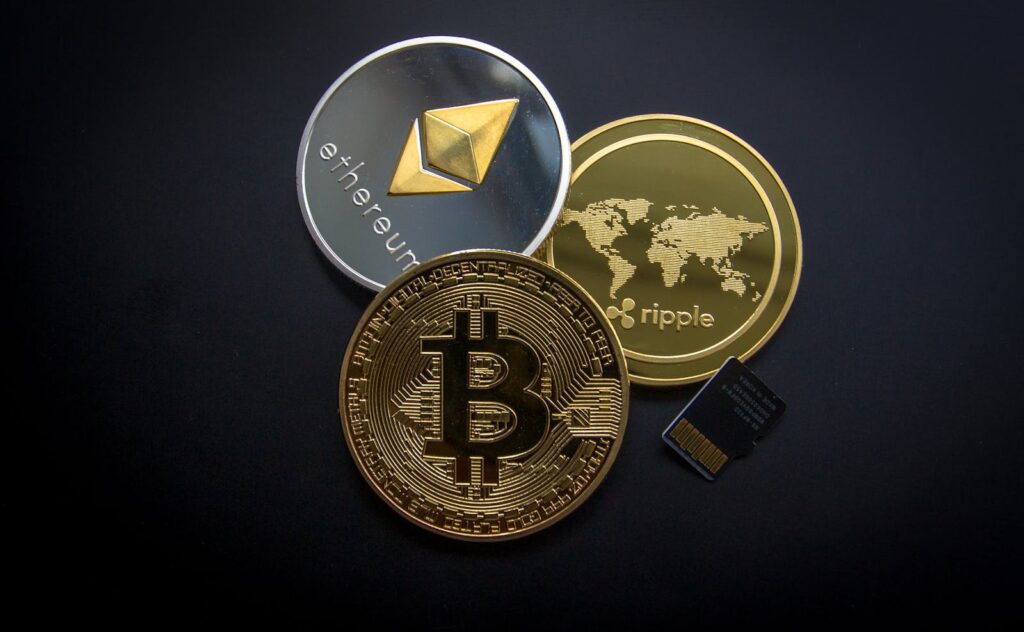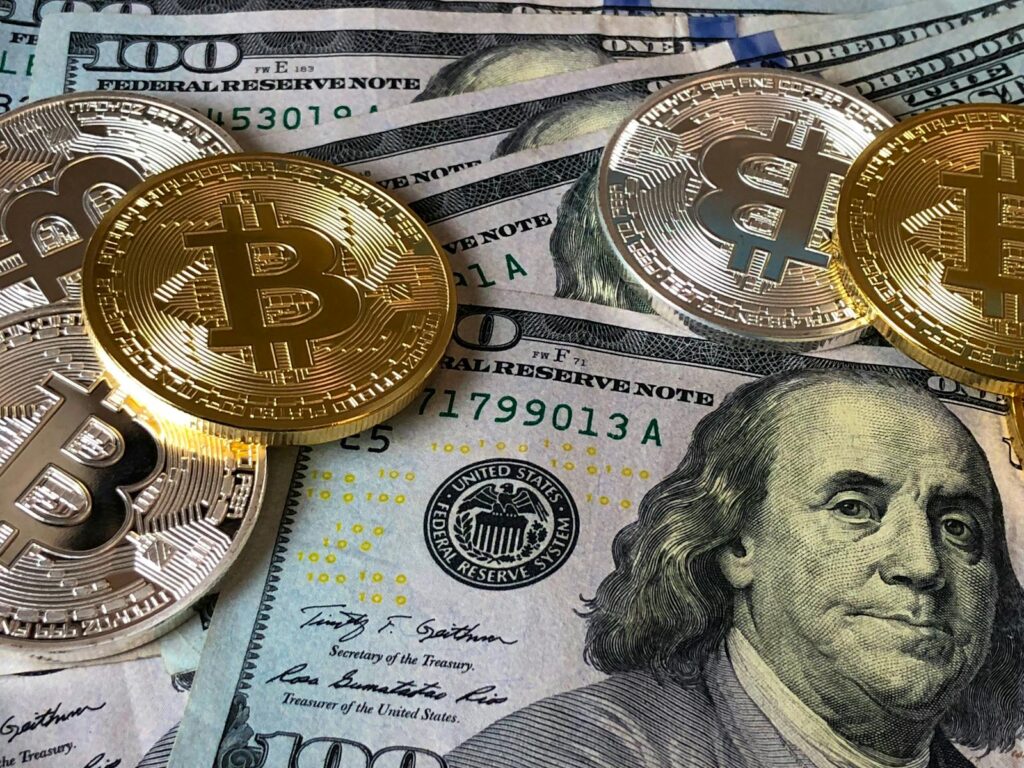In the ever-evolving world of cryptocurrencies, knowing how to buy Bitcoin safely is essential for anyone looking to enter this digital frontier. This guide will walk you through the process, helping you navigate potential risks while ensuring your investments are secure. Whether you’re a beginner or have some experience, understanding the steps involved can protect you from scams, hacks, and other pitfalls associated with Bitcoin transactions.
Understanding the Basics of Bitcoin

Before diving into the purchase process, it’s crucial to grasp what Bitcoin is and why safety should be your top priority. Bitcoin, the pioneering cryptocurrency, operates on a decentralized network, meaning it’s not controlled by any government or bank. However, this freedom comes with risks like volatility, regulatory changes, and cybersecurity threats. Many newcomers rush in without fully appreciating these dangers, which can lead to significant losses. By building a strong foundation, you’ll be better equipped to make informed decisions and avoid common mistakes.
What is Bitcoin and Its Associated Risks?
Bitcoin is a digital currency created in 2009 by an anonymous entity known as Satoshi Nakamoto. It uses blockchain technology, a secure ledger that records transactions across a network of computers, making it nearly impossible to alter. But while this innovation offers transparency and security, it’s not foolproof. Risks include market fluctuations that can cause prices to swing wildly, regulatory actions in various countries that might affect accessibility, and the ever-present threat of cyberattacks on exchanges or wallets.
One major concern is the prevalence of scams, such as phishing sites that mimic legitimate platforms to steal your information. According to industry reports, over 10% of Bitcoin transactions have been linked to fraudulent activities in recent years. To mitigate this, always verify sources and use two-factor authentication. Beyond that, consider the psychological aspect—emotional trading driven by hype can lead to poor decisions. For instance, during a market surge, investors might overlook red flags, resulting in losses when prices crash. Educating yourself on these risks isn’t just about knowledge; it’s about fostering a mindset of caution that will serve you throughout your Bitcoin journey.
Another layer to consider is the environmental impact. Bitcoin mining, which validates transactions, consumes massive amounts of energy, contributing to carbon emissions. This has sparked debates on sustainable alternatives like proof-of-stake models. As you learn about Bitcoin, think about how these broader implications align with your values, as they could influence your long-term commitment to the asset.
Why Safety Matters in Bitcoin Purchases
Safety in buying Bitcoin isn’t optional—it’s a necessity in an ecosystem rife with vulnerabilities. Unlike traditional banking, where institutions offer robust protections, Bitcoin transactions are irreversible once confirmed on the blockchain. This means if you send funds to the wrong address or fall victim to a hack, recovery is often impossible. The rise in cyber threats has seen billions lost to exploits, highlighting the need for proactive measures.
For example, high-profile hacks like the one on Mt. Gox in 2014, where users lost over 850,000 Bitcoins, underscore the importance of choosing secure platforms. To build safety into your strategy, start by assessing your own digital hygiene, such as using strong, unique passwords and enabling hardware wallets for storage. Additionally, understanding regulatory environments in your region can prevent legal issues; for instance, some countries require specific KYC (Know Your Customer) processes to comply with anti-money laundering laws.
Beyond technical safeguards, safety involves educating yourself on market trends and community insights. Engage with reputable forums like Reddit’s r/Bitcoin or follow experts on platforms like Twitter to stay updated. This community-driven approach not only enhances your knowledge but also helps you spot emerging threats, turning what could be a solitary endeavor into a supported learning experience.
Steps to Prepare for Your First Purchase
Preparing for your first Bitcoin buy involves more than just setting up an account—it’s about creating a secure environment. Begin by researching reliable sources, such as official Bitcoin websites or educational resources from organizations like the Bitcoin Foundation. This preparation phase helps you understand the technology’s intricacies, reducing the likelihood of impulsive errors.
Once you’re informed, assess your financial readiness. Only invest what you can afford to lose, as Bitcoin’s volatility can lead to rapid gains or losses. Tools like portfolio trackers on apps such as Blockfolio can help monitor your assets without exposing sensitive data. Remember, diversification is key; don’t put all your eggs in one basket by solely focusing on Bitcoin—explore other cryptocurrencies or traditional investments for balance.
Finally, establish a routine for security checks. Regularly update your software, back up your wallet phrases, and use VPNs on public networks to encrypt your data. These habits, when practiced consistently, form a robust defense against the unpredictable nature of crypto markets, ensuring that your entry into Bitcoin is as safe as it is exciting.
Selecting a Reliable Exchange

When it comes to buying Bitcoin, the exchange you choose can make or break your experience. A trustworthy platform acts as a gateway to secure transactions, but with hundreds of options available, discerning the good from the bad requires careful evaluation. This section delves into the nuances of picking an exchange that prioritizes your safety, drawing from real-world examples and expert advice to guide you through the process.
Evaluating Exchange Security Features
Exchanges vary widely in their security protocols, and understanding these differences is vital for protecting your funds. Top-tier platforms like Coinbase or Binance offer features such as cold storage, where most assets are kept offline, away from hackers. This method significantly reduces exposure, as demonstrated by exchanges that have withstood attacks by isolating user funds.
In contrast, less secure exchanges might rely on hot wallets, which are connected to the internet and thus more vulnerable. To evaluate an exchange, look for certifications like SOC 2 compliance, which ensures data protection standards are met. Additionally, check for insurance policies that cover potential breaches—some platforms insure up to a certain amount, providing a safety net.
Beyond technical aspects, consider user reviews and incident histories. For instance, while Binance has faced regulatory scrutiny, its quick responses to issues have built user trust. By weighing these factors, you’ll select an exchange that not only meets your needs but also aligns with best practices for ongoing security.
Comparing Popular Exchanges
| Exchange Name | Security Rating (out of 10) | Fees (Transaction) | User-Friendly Rating |
|---|---|---|---|
| Coinbase | 9 | 1.99% – 3.99% | 9 |
| Binance | 8 | 0.10% | 8 |
| Kraken | 9 | 0.16% – 0.26% | 7 |
This table highlights key differences among popular exchanges, helping you visualize options based on security, costs, and ease of use. For example, Coinbase stands out for its intuitive interface, making it ideal for beginners, while Binance offers lower fees for frequent traders.
When comparing, factor in regional availability and supported payment methods, as these affect accessibility. Coinbase, for instance, integrates seamlessly with bank accounts in many countries, reducing the risk of third-party payment processors. Ultimately, this comparison empowers you to choose based on your specific circumstances, ensuring a safer entry into Bitcoin trading.
Avoiding Common Exchange Pitfalls
Many users fall into traps when selecting exchanges, such as overlooking hidden fees or ignoring red flags in user feedback. To avoid this, conduct thorough due diligence, including checking for any history of downtime or security breaches. Platforms like Kraken have maintained a strong record by prioritizing transparency, which can be a model for what to seek.
Another pitfall is the allure of unregulated exchanges promising high returns; these often lead to scams. Always opt for licensed operators that adhere to global standards, such as those compliant with the Financial Action Task Force guidelines. By staying vigilant, you’ll navigate these challenges with confidence.
Secure Ways to Purchase Bitcoin

Purchasing Bitcoin safely involves selecting methods that minimize exposure to fraud and ensure transaction integrity. With various options available, from bank transfers to peer-to-peer trades, understanding the pros and cons is key to a smooth experience.
Choosing the Right Payment Method
Payment methods can significantly impact your security, so weigh them carefully before proceeding.
FAQs
This section addresses common questions to further clarify how to buy Bitcoin safely.
What is the safest way to store Bitcoin after buying?
Storing Bitcoin securely is crucial once you’ve made a purchase. Hardware wallets, like Ledger or Trezor, are among the safest options because they keep your private keys offline, away from online threats. Always back up your recovery phrases and store them in a secure, physical location. Avoid keeping large amounts on exchange wallets, as these are more vulnerable to hacks.
How can I verify if an exchange is legitimate?
To verify an exchange’s legitimacy, check for regulatory licenses from bodies like the FCA in the UK or SEC in the US. Read user reviews on trusted sites like Trustpilot and look for features such as two-factor authentication and insurance coverage. Additionally, ensure the platform has a transparent history without major security breaches.
What should I do if I suspect a scam?
If you suspect a scam, immediately stop all communications and secure your accounts by changing passwords and enabling extra security measures. Report the incident to authorities like the FTC in the US or local cybercrime units. Keeping detailed records of interactions can help in investigations and potentially recover losses.
Is it safe to buy Bitcoin with a credit card?
Buying Bitcoin with a credit card can be safe if you use a reputable exchange, but it comes with risks like chargebacks and higher fees. Exchanges like Coinbase support credit card purchases with added security layers, but always monitor for fraudulent charges. Consider using debit cards or bank transfers for better protection.
How much should I invest in Bitcoin as a beginner?
As a beginner, invest only what you can afford to lose, ideally no more than 5-10% of your total portfolio. Start small to learn the market dynamics without significant risk. Use tools like dollar-cost averaging to spread out purchases over time, reducing the impact of volatility.
Conclusion
In summary, buying Bitcoin safely requires a blend of education, careful selection of tools, and ongoing vigilance against risks. By understanding Bitcoin’s fundamentals, choosing secure exchanges, employing safe payment methods, and properly securing your investments, you can navigate the crypto landscape with confidence. Remember, the key to success lies in prioritizing security over speed, ensuring that your foray into Bitcoin is both rewarding and protected.


